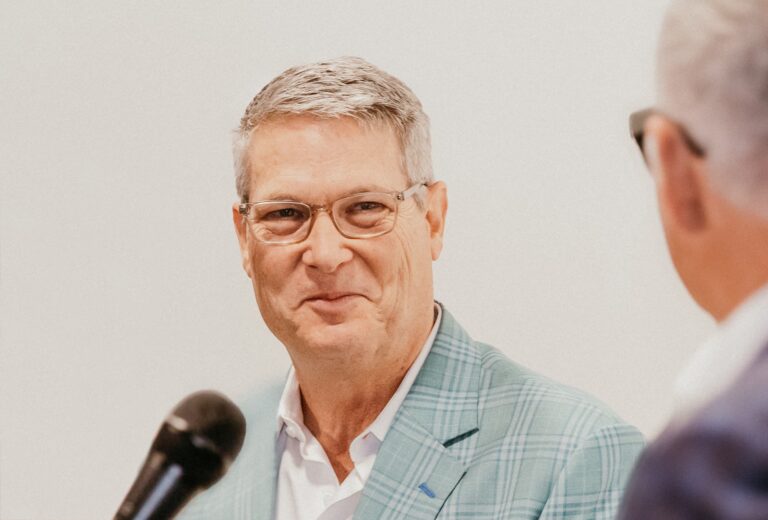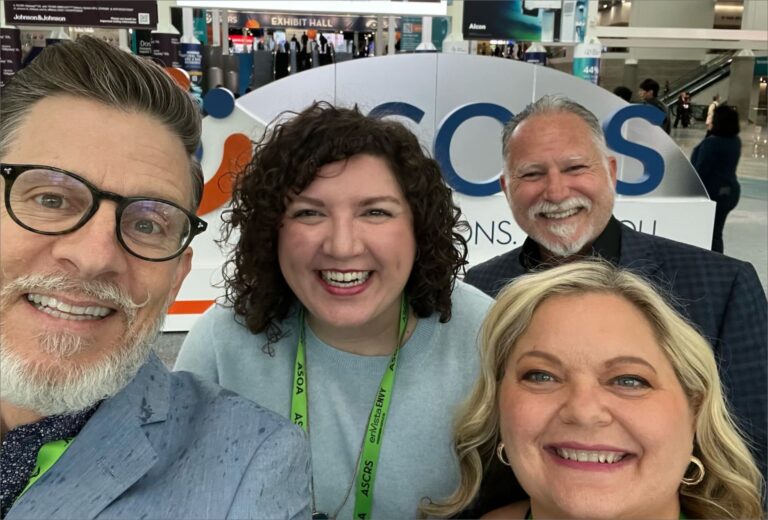Undaunted Courage
Stephen Ambrose
The gall! Imagine looking west from Washington D.C. at the turn of the 19th century and thinking, “We just bought some land. Let’s just send an exploratory party from St. Louis to document everything we can from there to the Pacific Ocean.” Shouldn’t be too hard, right?
Undaunted Courage is a biography of Meriwether Lewis and the story of the epic journey he and William Clark took to understand a vast landscape, west of the Mississippi. What I love about this book is how the tale of adventure is told in both grand scale and minute detail.
President Jefferson had the vision, and Lewis and Clark had the fortitude to accomplish it. Of course, they wouldn’t have made it through the first winter were it not for Sacagawea, the indigenous woman who saved their bacon on more than one occasion. (A fitting reminder that the success of this, or any other culture is in the blending of perspectives.)
There’s also a poignant epilogue to the story that also has personal meaning. Just three years after their journey, Meriwether Lewis died from suicide after battling depression. Some philanthropic work I’ve done is to help to reduce the stigma of depression and raise awareness of suicide prevention. This epic tale offers both great promise and sober reminders. Not only the makings of important drama, but also dramatic importance.
A New Republic
Kehinde Wiley
Great art shakes you to your core. It forces you to close your eyes and re-open them to a completely new perspective. That’s how the work of painter Kehinde Wiley impacted me when my family and I viewed his exhibit a few years ago at the Modern Art Museum of Fort Worth. Historic, heroic, larger-than-life portraits featuring young African American men and women, instead of traditional European royalty, was a reimagining that reawakened me. Wiley made me question my preconceived notions. This book is a collection of the pieces we saw years ago – and works that I still remember vividly today.
Cities of the Plain
Cormack McCarthy
I am a big fan of Cormack McCarthy’s writing. Cities of the Plain is the final installment of his “Border Trilogy” and one that most reminds me of my New Mexico homeland.
Overall, I find his raw, rugged style appealing and I appreciate the way he blends the familiar with the mystical. On its surface, the novel is a simple Western — full of love and adventure — but lurking underneath is a visceral exploration of existentialism and mortality. The images conjured in the epilogue are haunting and inspiring at the same time. Anyhoo…perhaps I need to lighten up a little?
Goodbye to a River
John Graves
When the Corps of Engineers was planning to install a series of 13 damns on the Brazos River in North Texas during the late 1950s, John Graves wanted to capture his beloved landscape before it was forever changed. By documenting his solo canoe trip down a stretch of this waterway, Graves was able to weave an environmental record, a history of a region and a poignant memoir all in one short book. Goodbye to a River had an impact, too. The book’s popularity and the public response it generated helped reduce the number of damns ultimately built to just three — maintaining some of the wild stretches Graves celebrated.
There are many reasons I love this book and come back to its passages regularly. Chief among them, is the peace it brings me. It also reminds me of the valuable lessons my father taught me about the importance of nature.
The Hero With a Thousand Faces
Joseph Campbell
Thanks to one of the first creative directors I worked with, I’ve long believed that there are only seven original ideas in the world and everything is a derivation or combination of those seven.
Turns out, there’s some truth to that notion. Joseph Campbell was one of the first academics to document it.
The Hero With a Thousand Faces demonstrates how all great stories from all cultures, faiths and traditions share the same structure — the “monomyth.” The hero’s journey we see from Buddha, Moses, Mohammed and Jesus all share a narrative structure. Not only does Campbell expose similar narrative structure, but he also details consistency in the morality tales themselves. For example, there is an ancient African tale that is a near-exact match to the New Testament story of Jonah and the belly of the whale.
The universality of shared human experience captured in this book has both profound and practical meaning to me. I refer back to this book regularly when thinking through business challenges and persuasive arguments. However, I also find comfort in the fact that my personal struggles are not unique. We are all seeking truth and have been since the dawn of time.
Quiet
Susan Cain
Did you know extroverts have measurably cooler skin than introverts? This quantitative biological fact lends credence to the cliché about someone being “cool under pressure,” and was one of the fascinating finds for me in Quiet: Introverts in a World That Can’t Stop Talking, by Susan Cain.
This book caught fire in business circles a few years ago and I was engulfed in its flames. According to Myers-Briggs, I’m an Introvert (on the edge between Intro and Extro), so why not understand myself better? Little did I know what I was in store for. It was like Cain wrote it for me! Turns out, I’m more of an “Omnivert” and while I get my energy from inside myself, I’m very comfortable presenting/performing in front of a crowd.
This book floored me, and I recommend it every chance I get.









